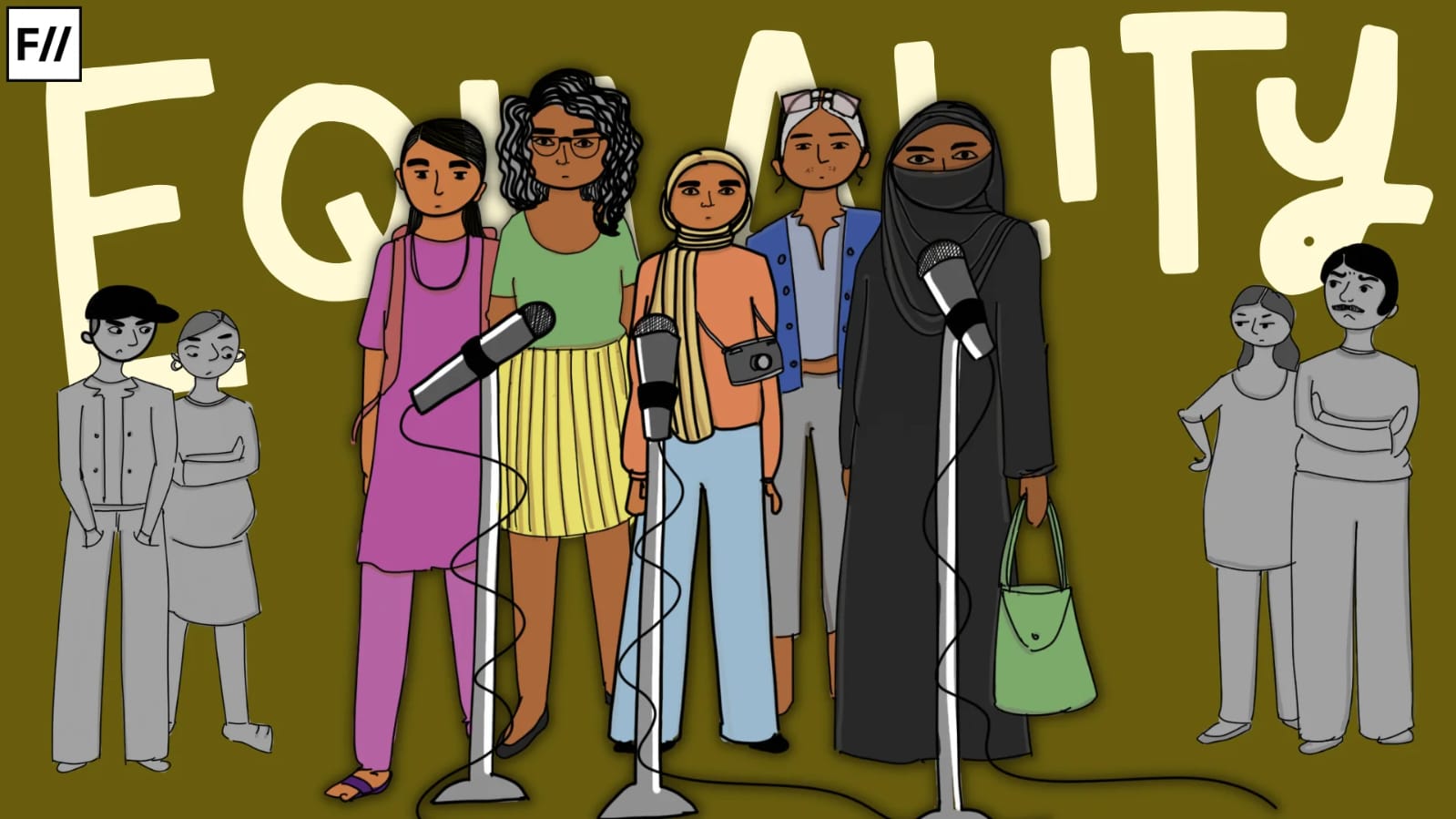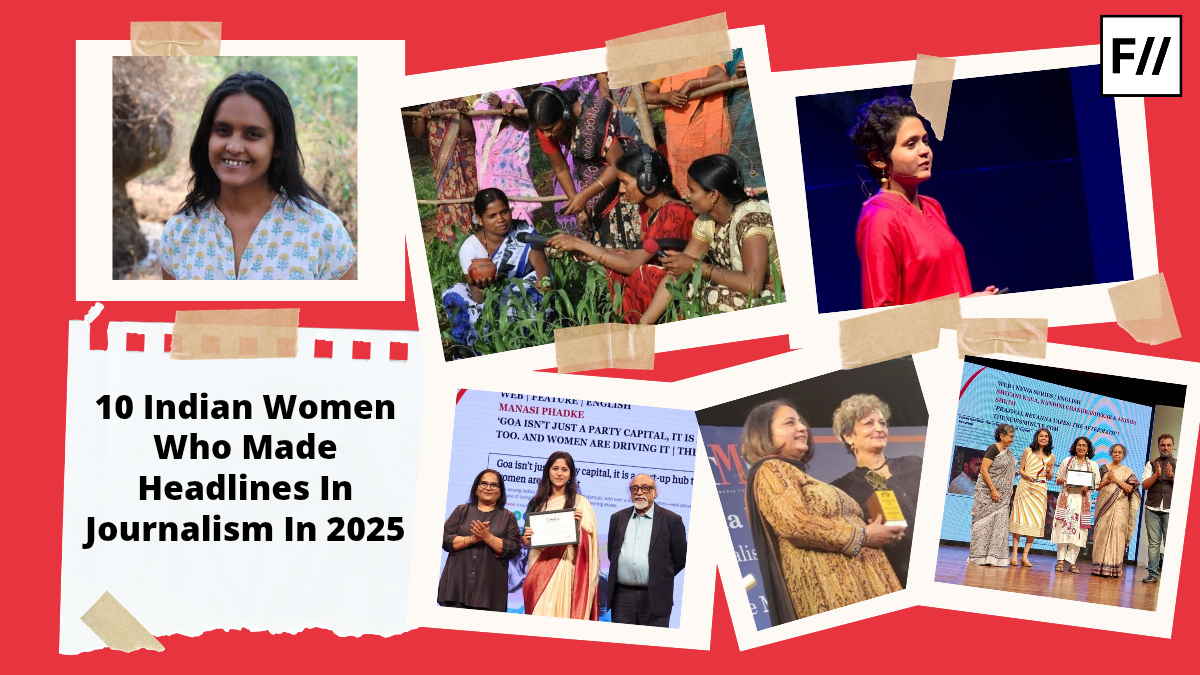The National Crime Records Bureau (NCRB) reported that in 2022, there were 4,45,256 crimes against women in India. As per the NCRB data, 51 crimes against women occur in the country every hour. These are only reported figures, and a lot more such cases are thought to have gone unreported for a variety of reasons, which includes societal stigma, lack of awareness, victim blaming, and delayed justice. Despite active laws to protect women, India stood at 128th place out of 177 countries in the Women, Peace, and Security Index 2023 showing a decrease in women’s safety. There have been many initiatives in the past years by central and state governments to fight crime against women. The government of Odisha has announced a new plan for women’s safety, which seeks to install ‘pink zones’ in urban areas in the first phase. These pink zones will cover a 10-kilometre radius and will have advanced CCTV surveillance, special assistance counters, and constant monitoring to provide immediate assistance to the women in need.
State-led women’s safety measures in India
Several Indian states have taken such measures in the past, for example, Mission Shakti, initiated by the Uttar Pradesh Government, was launched in 2022. It integrates women’s helpline 1090, Emergency response, legal aid, counselling, and shelter support, and it also attempts to reach out in rural areas. SHE Teams, initiated by the Telangana Government in 2020, focus on safety in public spaces through surveillance and quick response. It focuses on curbing public harassment, and stalking.
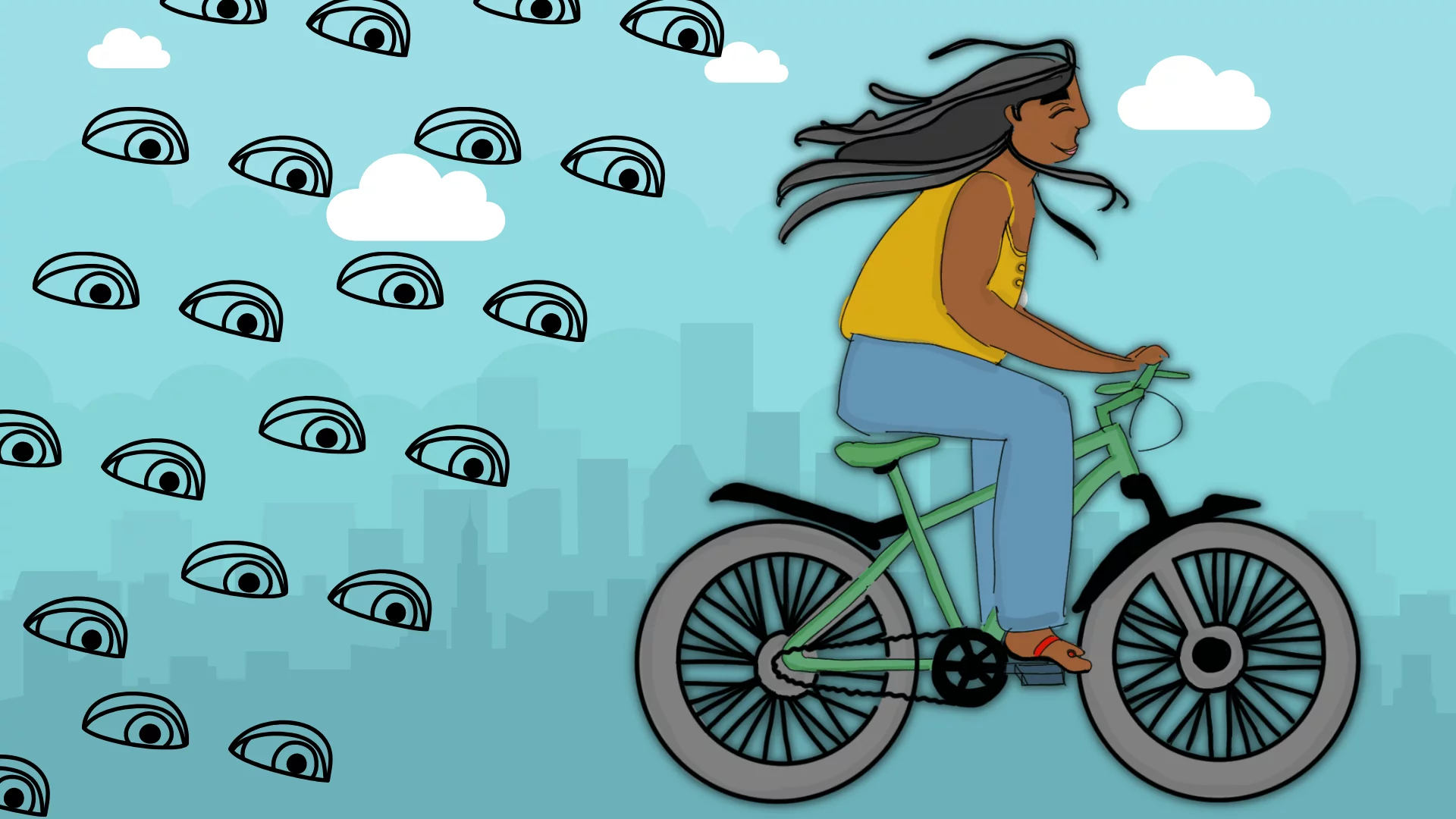
Other states like Tamil Nadu, Maharashtra, and Madhya Pradesh have also adopted the SHE Team. Shakti Act and Women Help Desks, initiated by the Maharashtra Government, propose fast-track courts and harsher penalties for crimes against women. Pink Police Patrol, initiated by the Kerala Government, focuses on ensuring safety in public transport and schools. Mohalla Marshals and CCTV Surveillance, initiated by the Delhi Government in 2020, does work through Surveillance via over 1.5 lakh CCTV cameras. Kaaval Uthavi App and Women Police Stations, initiated by the Tamil Nadu Government it is a police emergency app with women-specific SOS options.
Sakhi One-Stop Centres, initiated by the Assam Government, provide Legal aid, police assistance, psychological counselling, and medical help. Suraksha App and Gender-Sensitive Training, initiated by the Karnataka Government, has features that partner with civil society groups to conduct street plays, workshops on GBV. Abhaym Safe Travel Scheme, initiated by the Andhra Pradesh Government. Sakhi Outreach Programme, initiated by the Odisha Government. Gender Cell and Sashakt Mahila App, initiated by the Rajasthan Government. Mahila Samvad, initiated by the Bihar Government. Tejaswini Initiative, initiated by the Jharkhand Government.
Over the last five years, many Indian state governments have launched women’s safety programs with comparable structure and purpose, despite the fact that their design and size vary across the country.
Over the last five years, many Indian state governments have launched women’s safety programs with comparable structure and purpose, despite the fact that their design and size vary across the country. First, these programs demonstrate how much more reliant we are on technology-enabled tools such as mobile apps and panic buttons on public transportation to receive aid in an emergency. Second, most states have established special policing units or help desks to ensure that the law enforcement system pays more attention to gender concerns.
Third, preventive surveillance infrastructure, such as CCTV installations and real-time monitoring systems, has been incorporated into initiatives such as Delhi’s CCTV network expansion and Madhya Pradesh’s Safe City Project. Fourth, public awareness and community involvement are critical, and outreach initiatives, school-level sensitisation, and collaboration with NGOs are all effective approaches to encourage individuals to report and prevent gender-based violence. Some programs are striving towards integrated service delivery by offering legal assistance, counselling, and police assistance all in one location.
Odisha’s ‘pink zones’ and safety schemes in other Indian states
The government of Odisha is going to execute one of such initiatives, which is to put “pink zones” in urban cities as part of the first phase. Odisha’s Pink Zone approach adopts existing global best practices like CCTV, SOS apps, and fast-track courts and combines them into a single, zone-based model with a strong strategic timeline and structural investment in women-led policing and cybersecurity, indicating that it could be effective and beneficial for women in need. Unlike other states’ plans that add separate applications or desks, Odisha’s is a complete, ecosystem-driven model that aims for either depth (cyber safety, specialised cadre) or width (urban coverage), ranging from street illumination to courtroom delivery.
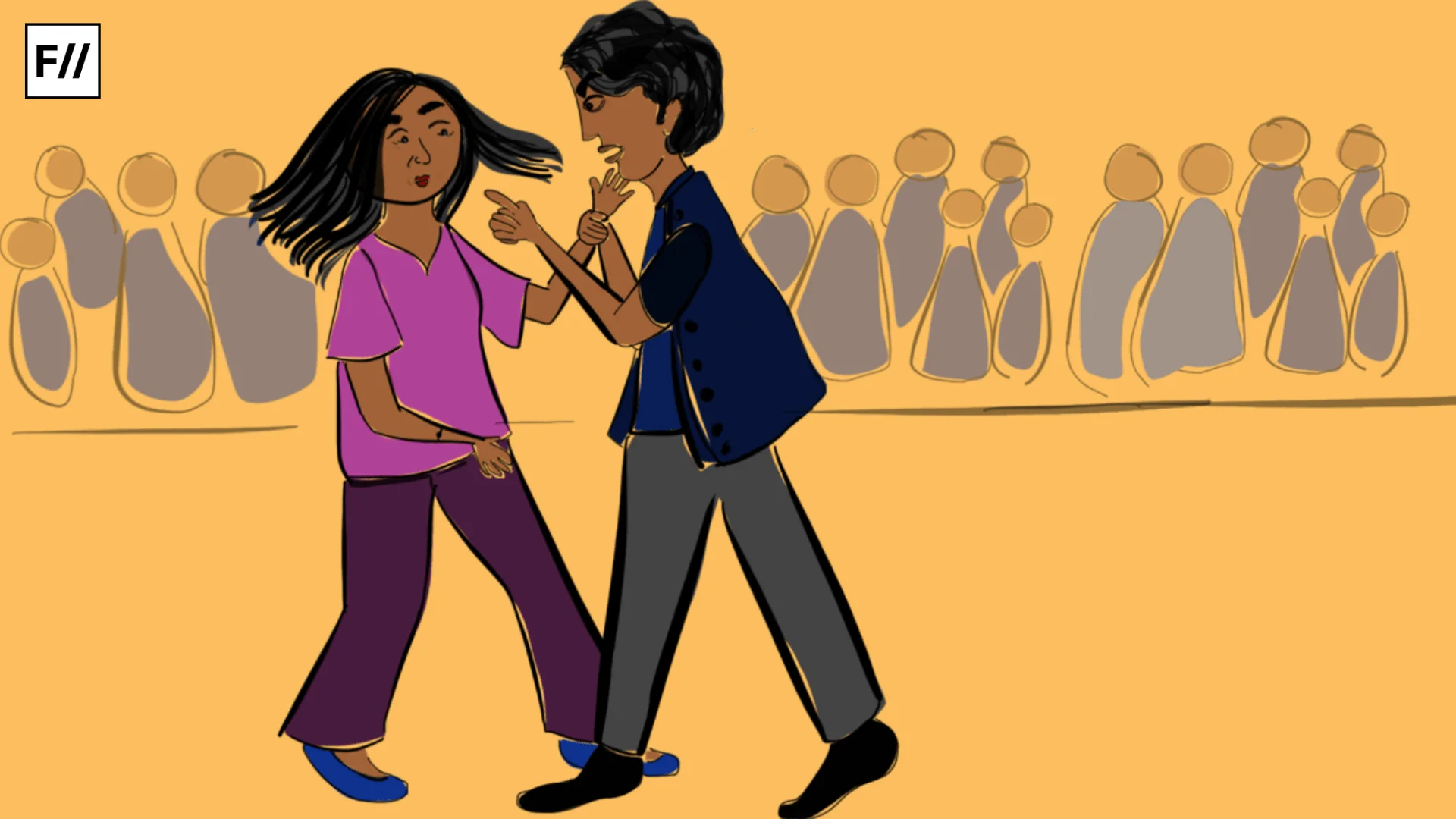
In Delhi, Maharashtra, and other Indian states, programs such as Women Help Desks, Fast-Track Courts, and Cyber Cells enhance institutional policing and the judiciary. Odisha takes it a step further by establishing a concentrated women’s safety cadre throughout districts and gradually increasing female police representation ( 50% by 2047). Police representation was an obstacle, as is apparent in Delhi’s pink booths. An unusual lack of female officers has resulted in understaffed, neglected, and disappearing woman-only police stations throughout the city.
Several states and Ministries have launched SOS apps, like Kaaval Uthavi, Nirbhaya, Raksha, Suraksha, and Kavalan, that provide women with panic buttons and allow them to track their position. Odisha’s new initiative, on the other hand, includes a women’s cybersecurity task force as well as cyber-awareness training in schools. This specifically addresses both physical and online safety. The initiatives taken by other states are typically medium-term adjustments or changes to how things work (apps, desks, patrols). Pink Zones are included in Odisha’s Vision 2036 and 2047 roadmaps, which link safety goals to female representation targets, technological deployments, and periodic management, which is a long-range strategic vision.
In India, state-initiated women’s safety efforts show that the government is taking efforts to spread awareness of violence against women as a public concern, but these initiatives have yet to prove themselves in practice where women feel safe and empowered.
Implementation is a challenge in many jurisdictions due to low conviction rates and tactics that may not produce the best results. Odisha will face numerous challenges, including bringing diverse agencies together, implementing in multiple cities, and tracking progress towards goals such as having 50% of police personnel be women.
Towards sustainable and inclusive safe spaces for women
In India, state-initiated women’s safety efforts show that the government is taking efforts to spread awareness of violence against women as a public concern, but these initiatives have yet to prove themselves in practice where women feel safe and empowered. Some of the hindrances for positive results are the ongoing implementation challenges, structural limits, and social and cultural progress, rather than improper implementation.
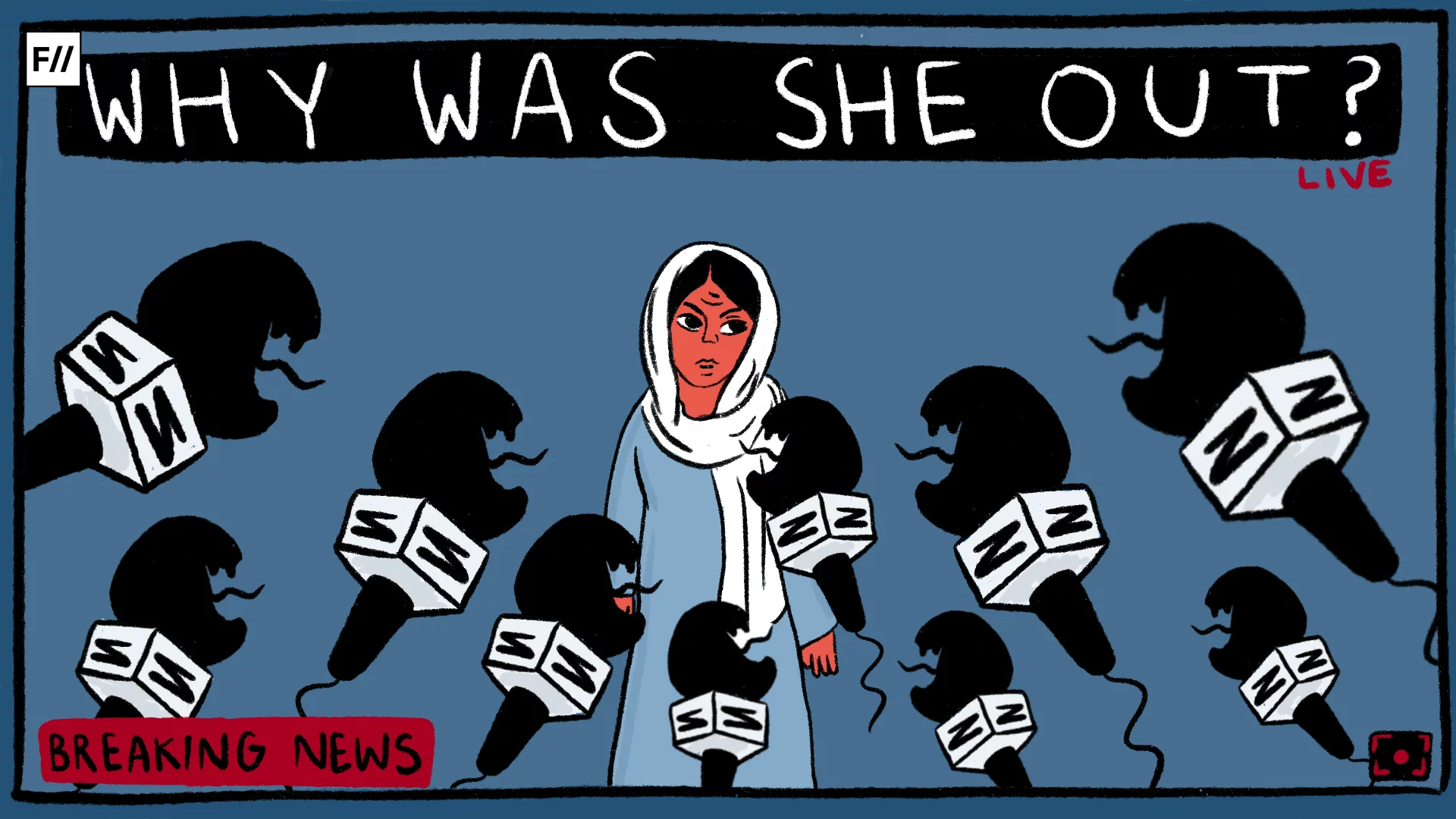
The majority of initiatives, such as smartphone apps, support lines, CCTV cameras, and female patrol teams, are proactive. It indicates that they only assist or monitor after the incident has taken place. They do not address the underlying causes of violence, which include accusing victims, patriarchal beliefs, and institutional indifference.
One of the main challenges with implementation is a lack of accountability and oversight. Many panic button applications and helplines are not linked to local police systems, thus they don’t respond promptly or at all. In some states, women’s help desks with insufficient staff or training are more symbolic than functional, survivor-centred spaces. Furthermore, women are still less likely to report crimes due to poor conviction rates and prolonged trials. This suggests a gap between the laws and the efficiency of the courts. The majority of programs primarily target urban areas; therefore, rural and peri-urban populations are not protected by the safety net.
One of the main challenges with implementation is a lack of accountability and oversight. Many panic button applications and helplines are not linked to local police systems, thus they don’t respond promptly or at all.
The proposed Pink Zones program by the Odisha government may prove to be unusual as it includes infrastructure, monitoring, emergency response, and cadre development. Nonetheless, they can suffer from similar challenges. First, diverse government agencies, such as the police, transportation departments, and non-governmental organisations (NGOs), need to collaborate accurately to offer services right when needed. Second, constantly monitoring and responding to major cities requires a significant investment in technology, as well as highly trained employees. Bureaucratic delays and shifting political priorities frequently lead to these tasks being neglected.
Furthermore, even the best-planned locations may fail to be secure unless gender biases within the social institutions, notably police and administrative ones, are addressed through training, awareness-raising, and reform within those institutions. Unless safety is woven into a larger framework of social transformation, equality for women, and participatory democracy; initiatives such as the Pink Zone may turn into isolated solutions in an inherently unequal world.

